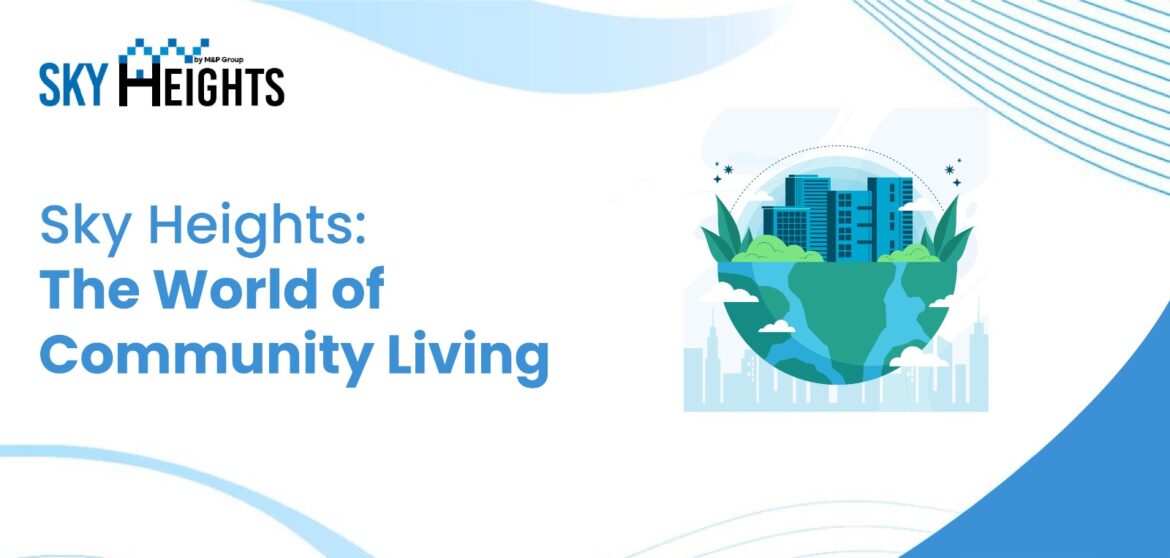Imagine a world where your neighbors are more than just faces in passing, where shared spaces foster connection, and where collaboration trumps competition. This, my friends, is the essence of community living, a vibrant tapestry woven with shared experiences, mutual support, and a deep sense of belonging. But what exactly does it entail, and why might it be the perfect fit for you?
A Glimpse into Community Living Models
Community living isn’t a flexible concept. It encompasses a spectrum of living arrangements, each offering unique advantages and catering to diverse lifestyles. Let’s delve into some popular models:
Co-housing
This model involves a group of individuals or families building or renovating a shared living space, with private dwellings and communal areas like kitchens, gardens, and recreation rooms. Co-housing fosters a strong sense of community, shared responsibility, and collaborative decision-making.
Cohousing for Seniors
Designed for older adults, this model provides independent living units with shared amenities and social spaces. It offers companionship, reduced isolation, and access to support services, enhancing the quality of life for seniors.
Intentional Communities
These communities are built around shared values, goals, or interests, such as sustainability, environmentalism, or social justice. Members actively participate in creating and maintaining their shared vision, fostering a deep sense of purpose and connection.
Eco-villages
Combining sustainable living practices with community spirit, eco-villages focus on minimizing environmental impact while maximizing social interaction and collaboration. They offer a unique opportunity to live in harmony with nature and connect with like-minded individuals.
Student Housing Cooperatives
These student-run cooperatives provide affordable living options with shared kitchens, laundry facilities, and common areas. They offer a supportive environment for students, fostering independence, responsibility, and a sense of belonging within the community.
Benefits of Community Living
While the specific advantages vary depending on the model, community living offers a treasure trove of benefits for individuals and families:
Affordability
Sharing resources and expenses can significantly reduce the cost of living, especially in urban areas with high housing prices.
Social Connection
Community living combats loneliness and isolation, fostering a sense of belonging and support through shared activities, gatherings, and mutual assistance.
Environmental Impact
Many community living models prioritize sustainability, reducing carbon footprint and promoting resource conservation through shared spaces and responsible living practices.
Personal Growth
Living in close proximity to others offers opportunities for personal growth through collaboration, shared learning, and exposure to diverse perspectives.
Sense of Purpose
Participating in community decisions and contributing to shared goals fosters a sense of purpose and belonging, empowering individuals to make a positive impact.
Considerations and Challenges: Navigating the Waters of Community Living
While the benefits are undeniable, community living also presents its own set of challenges. Here are some key considerations:
Shared Spaces and Privacy
Finding the right balance between shared spaces and individual privacy can be crucial. Clear communication and respect for boundaries are essential for smooth co-existence.
Compromise and Collaboration
Community living requires compromise and collaboration on various aspects, from decision-making to resource allocation. Open communication and willingness to adapt are key to maintaining a harmonious environment.
Financial Management
Sharing resources and managing finances collectively can be complex. Establishing clear financial agreements and ensuring transparency are crucial for preventing disputes.
Finding the Right Community
Not all communities are created equal. It’s important to choose a community that aligns with your values, interests, and lifestyle to ensure a fulfilling experience.
Tips for Transitioning to Community Living
If you’re considering taking the plunge into community living, here are some tips to ensure a smooth transition:
Do your research: Explore different models, visit communities, and talk to residents to understand the specific dynamics and challenges of each one.
Define your needs and priorities: Clearly identify what you’re looking for in a community, whether it’s affordability, shared values, or a specific lifestyle.
Be open and adaptable: Community living requires flexibility and willingness to adapt to new routines and shared living arrangements.
Communicate effectively: Open and honest communication is key to resolving conflicts, navigating challenges, and building strong relationships within the community.
Get involved: Actively participate in community activities, decision-making processes, and shared projects to foster a sense of belonging and contribute to the collective well-being.
Conclusion
Community living isn’t just about bricks and mortar; it’s about weaving a tapestry of human connection, mutual support, and a deep sense of belonging. It’s about embracing life beyond four walls, venturing into a world where your neighbors become your chosen family, where shared spaces foster connection, and where collaboration transcends competition. So, take a deep breath, shed your inhibitions, and step into the vibrant world of community living. You might just discover a symphony of shared lives waiting to be played, a melody where your individual notes blend into a harmonious chorus of collective joy and fulfillment. Remember, the choice is yours – will you remain a single instrument, or join the orchestra and compose a life lived in the vibrant rhythm of community?


Leave a Comment